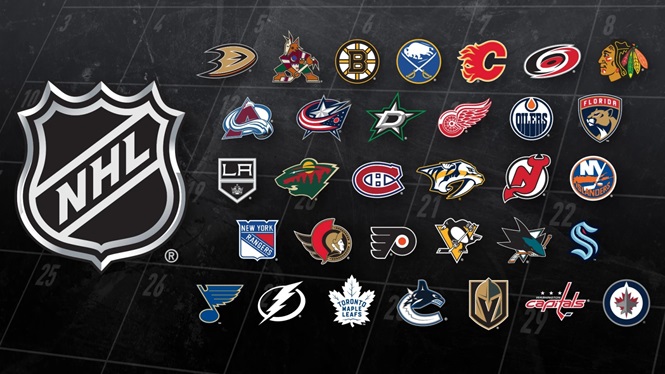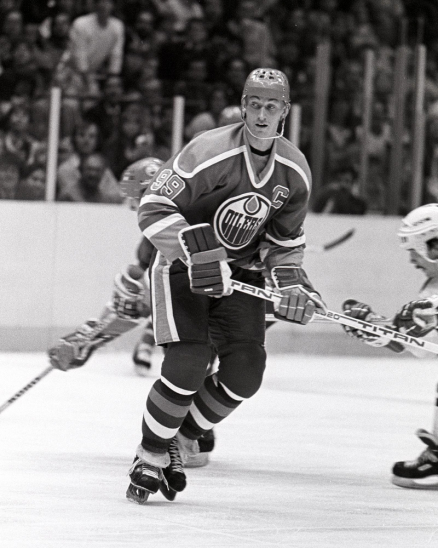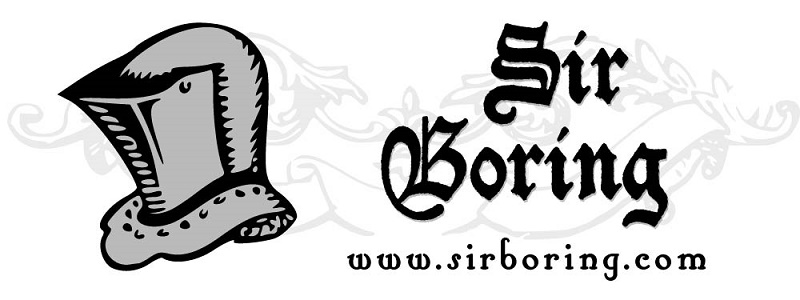
Introduction
The National Hockey League (NHL) stands today as one of the most prominent professional sports leagues in the world. Born out of the need for a more organized framework for ice hockey in North America, the NHL has undergone significant transformations since its inception. This article explores the beginnings of the league, its development over the decades, and its impact on the sport of hockey and professional sports at large.
Origins: The Birth Of The NHL
The NHL was founded on November 26, 1917, in the aftermath of the National Hockey Association (NHA), which had been struggling with internal conflicts and financial difficulties. The NHA, established in 1909, was already an important player in Canadian hockey, but disagreements among team owners, particularly surrounding the Toronto franchise, led to a split.
The NHL’s founding members included the Montreal Canadiens, the Toronto Arenas (now the Toronto Maple Leafs), the Ottawa Senators, and the Montreal Wanderers. The league started with just four teams but quickly expanded its vision, establishing a formal structure and rules that would set the foundation for professional hockey.
The Early Years: Expanding The League
The NHL began its first season in 1917-18, and the Montreal Canadiens emerged as the inaugural champions. During these early years, the league grappled with various operational challenges, including the need to solidify its presence amidst other hockey leagues. By the 1920s, the league welcomed new franchises, including the Boston Bruins in 1924, marking the NHL’s expansion into the United States.
The Original Six Era: 1942-1967
The advent of World War II posed significant challenges for the NHL, leading to a drop in the number of teams as many players enlisted in the military. By 1942, the league had shrunk to just six teams, a period that would later become known as the “Original Six” era. The teams during this time included the Toronto Maple Leafs, Montreal Canadiens, Detroit Red Wings, Boston Bruins, Chicago Black Hawks (the Chicago Black Hawks began spelling their name Chicago Blackhawks in 1986), and New York Rangers.
This period was crucial for the development of the NHL’s identity. Each team cultivated a rich history, intense rivalries, and a passionate fan base. The league also began to gain significant media coverage, and professional hockey was increasingly broadcasted on radio and, eventually, on television, bringing the sport to a wider audience.

Expansion And Growth: 1967-1990
In the 1960s, the NHL experienced a significant expansion, doubling its number of teams from six to twelve for the 1967-68 season. This expansion marked the beginning of a new era for the league, with teams like the Los Angeles Kings, Philadelphia Flyers, and Minnesota North Stars joining the original franchises.
The expansion drew considerable interest from fans and led to an increase in TV ratings as the league sought to attract a larger audience. This period also saw the rise of iconic players, including Bobby Orr, Gordie Howe, and Phil Esposito, who helped popularize the sport through their extraordinary skills and competitive spirit.
The late 20th century also brought about significant changes off the ice. In 1972, the NHL and the Soviet Union’s national team engaged in the Summit Series, a set of eight games that highlighted the growing international aspect of hockey and the fierce rivalry between North American and Soviet styles of play.
The Modern NHL: 1990-Present
The NHL entered the modern era in the 1990s, culminating in further expansions, rule changes, and the incorporation of advanced statistics and technology. Noteworthy franchise additions included teams from the southern United States, such as the Florida Panthers and Nashville Predators, an effort to grow hockey’s footprint beyond its traditional northern boundaries.
Under the leadership of Gary Bettman, who became Commissioner in 1993, the NHL embraced modernization, focusing on marketing and expanding global reach.
The introduction of the salary cap in 2005 marked a significant shift in the league, ensuring more competitive balance among teams and giving rise to formidable rivalries and thrilling Stanley Cup playoffs.
Conclusion
The National Hockey League has come a long way since its humble beginnings in 1917. What started as a four-team league has grown into one of the foremost sports leagues in the world with a diverse fan base spanning the globe.
The NHL continues to evolve, embracing challenges and opportunities in a rapidly changing sports landscape. With an eye towards the future, the league is poised to further cement its status as a premier professional sports organization, continually inspiring the next generation of players and fans alike.
